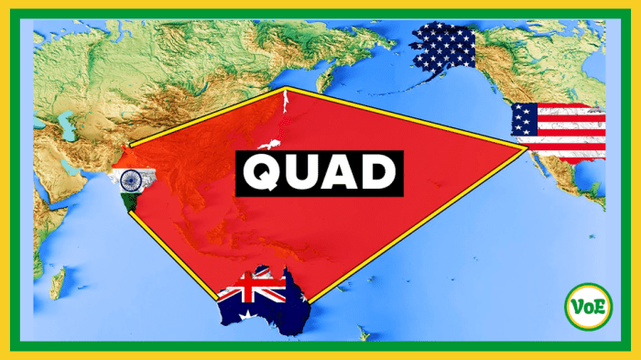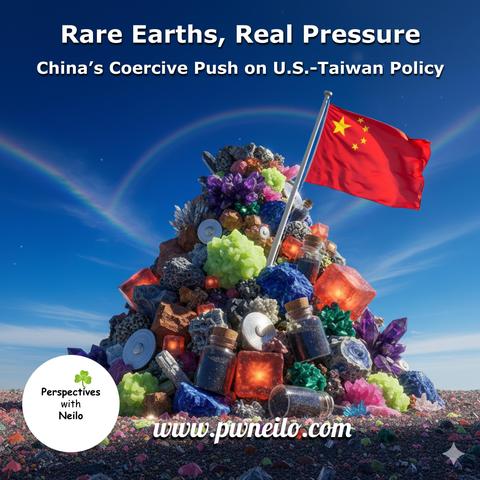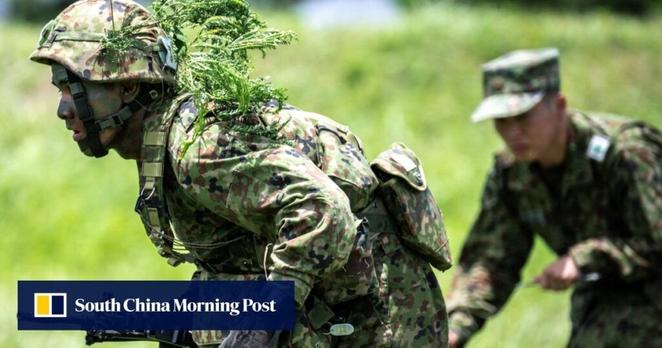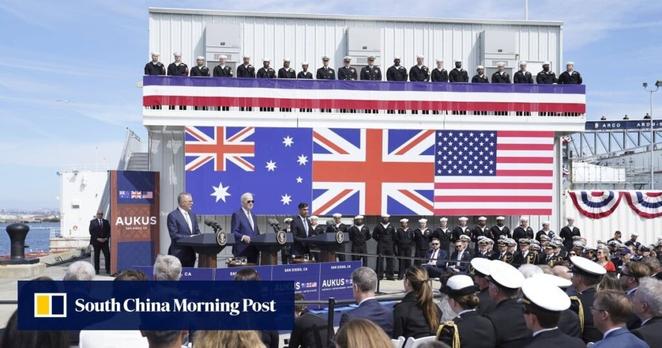Is The Quad Dying — Or Being Recast As Washington’s Proxy Against China?
Is The Quad Dying — Or Being Recast As Washington’s Proxy Against China?
By Uriel Araujo
Trump’s America First retrenchment hollows out the Quad, empowering overlapping Indo-Pacific networks while trade spats irk allies like India. Yet the relentless US push against China, amplified by AUKUS and missile sales, guarantees escalation — erratic enough for a potential Quad comeback amid a crisis.
The Quadrilateral Security Dialogue — or “Quad” — has long been hyped as the seeds of an “Asian NATO.” Made up of the US, Japan, India, and Australia, the Quad has been Washington’s big play for the Indo-Pacific. But with US President Donald Trump’s “America First” approach, many are asking if the group has a future.
Squeezed by Trump’s neo-Monroeist foreign policy and his deal-making style with allies, QUAD is fading fast. Analysts such as Michael Shoebridge (Director of Strategic Analysis Australia) are calling it “the incredible shrinking Quad”: its July 2025 ministers’ statement for instance boiled down to vague talk on sea security and cyber issues, ditching the meatier promises from Biden’s time.
Du Lan (Deputy Director at Asia-Pacific Institute) notes that Washington has “concentrated mostly on domestic reforms and ending conflicts in Ukraine and the Middle East conflict”, with “little effort into the Asia-Pacific region.” Moreover, the Quad is also troubled by trade spats, US tariffs on India and gripes over New Delhi’s Russian oil buys.
Trump’s team often seems way more keen on flexing in the Western Hemisphere than footing bills across the Pacific. Threats to seize Panama’s canal as a “national asset” over “exorbitant” fees, plus arm-twisting Mexico, Venezuela, and Brazil, scream neo-Monroeism — a modern twist on keeping the American “backyard” locked down.
Be as it may, this shift begs the question: can the US really bail on the Pacific? Not fully, as Trump eyes pulling back from Europe to focus on China, thus needing to enhance ties with Japan and India. It is sometimes unclear whether Trump’s approach is about “sidelining” the QUAD or pressuring it to “shift” the US burden in the Pacific, in the same way Washington now tries to “outsource” the Ukrainian conflict to Europe.
The Atlantic superpower in any case cannot “leave” Asia; over 60 percent of global sea trade flows there, with bases and pacts locked in. But sure can try to dial back, making Japan, India, and Australia pick up slack. Trump’s “fair share” rants have hit NATO hard enough and now the Quad is next, with the American leader demanding allies pay up amid US-fuelled arms races. In other words, the US might “sideline” the Quad to push self-reliance (as with NATO), while even rethinking AUKUS vows.
Despite all this, Trump is no isolationist. It would be more accurate to describe the incumbent US administration as being at times “hemispherically inward”. However the American focus on Great Power competition with China (plus Israeli pressures) allows for no isolationism.
From an American perspective, results so far have been mixed: Japan talks up the Quad but eyes bilateral deals and its own arms buildup, diversifying beyond the Quad toward flexible, one-on-one pacts that bypass US transactionalism. India in turn hedges, joining Quad chats like the minerals push while keeping Moscow ties, and irking Washington over Ukraine.
The irony of it is that if Trump’s neo-Monroeism gains traction, the Indo-Pacific could evolve into a multipolar space dominated not by the Quad but by overlapping regional coalitions — ASEAN-led mechanisms, China’s Belt and Road partnerships, and perhaps even India’s bilateral outreach to Southeast Asia. The point is that such “America First” inward turn — intended to conserve resources — ends up empowering regional actors to fill the void through flexible, overlapping coalitions, thus sidelining the Quad’s more rigid, US-centric framework.
This evolution risks Quad irrelevance but enhances ASEAN/India flexibility, potentially stabilizing the region via “co-engagement” (East-West Centre).
One may argue the “Asian NATO” narrative is coming to an end. In this scenario, the Quad could linger as a diplomatic formality, but with its geopolitical essence being hollowed out. The Indo-Pacific remains ever vital, yet it no longer holds the same primacy in American strategy. For better or worse, the American empire is looking westward again — toward its own hemisphere, its own “backyard”, its own reflection. And this is bad news for Latin Americans, but this is another topic.
In the end, the Quad’s fate under Trump hangs by a thread, a casualty of neo-Monroeism’s backyard fixation and the current White House’s allergy to open-ended alliances. Still, it is true that Trump’s foreign policy is erratic enough to defy obituaries. One tweetstorm, one fresh crisis in the Taiwan Strait, or a single pivot from his hemispheric hawkishness could trigger a shift to reboost the grouping overnight — perhaps with a flashy leaders’ summit or a tariff truce to rally the old band against Beijing. After all, Washington’s circle of China hawks, from Rubio to Hegseth, means some continuity in the Pacific theater, even if it means “outsourcing” more and more of the struggle to Tokyo and New Delhi.
Western Hemisphere or the Pacific? With Washington it is never “either this or that”. More likely, it is “this and that also!”. Quad or no Quad, the American drive to counter China runs too deep, etched into budgets and bases from Guam to Diego Garcia. Thus far, Washington has fuelled an arms race in the Pacific that no one should overlook — one bluntly stoked by US missile sales, AUKUS subs, and tech transfers.
Uriel Araujo, Anthropology PhD, is a social scientist specializing in ethnic and religious conflicts, with extensive research on geopolitical dynamics and cultural interactions.
Disclaimer: The views expressed in this article are author’s own and do not necessarily reflect the editorial policy of Voice of East.
#Australia #China #Geopolitics #India #IndoPacific #Japan #NATO #QUAD #USA



